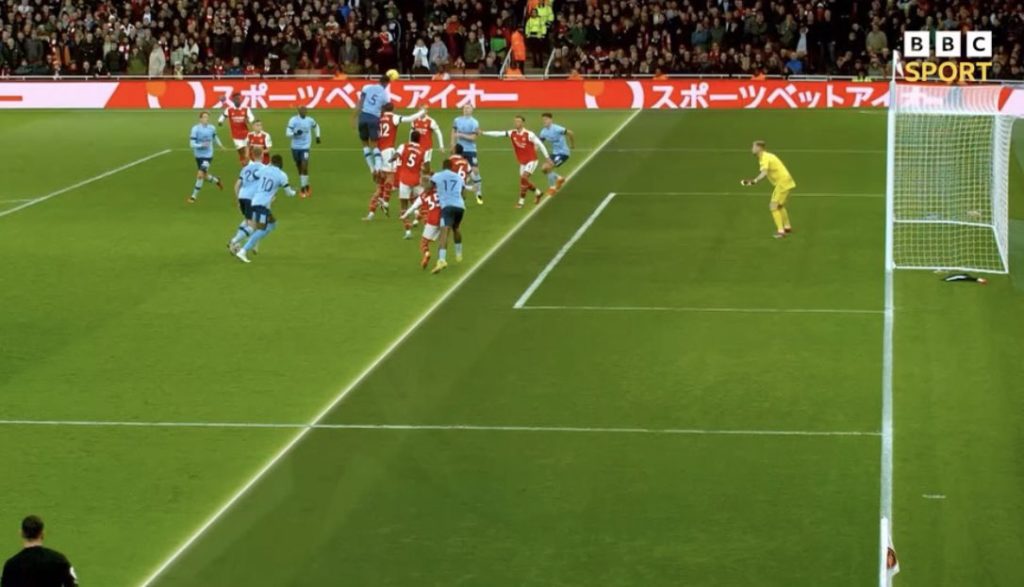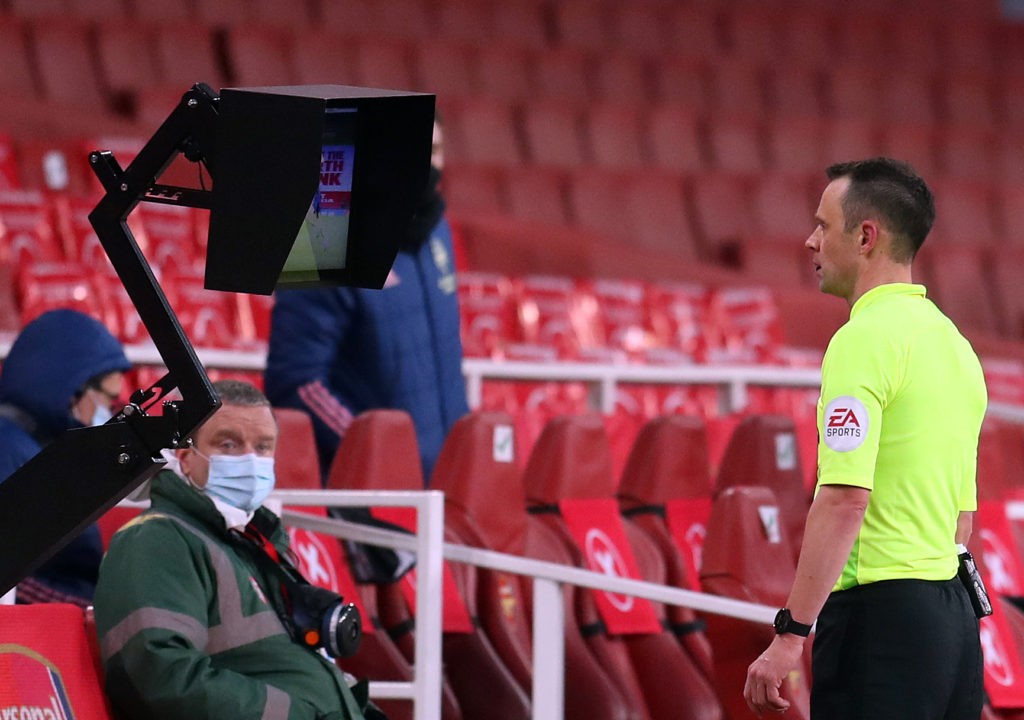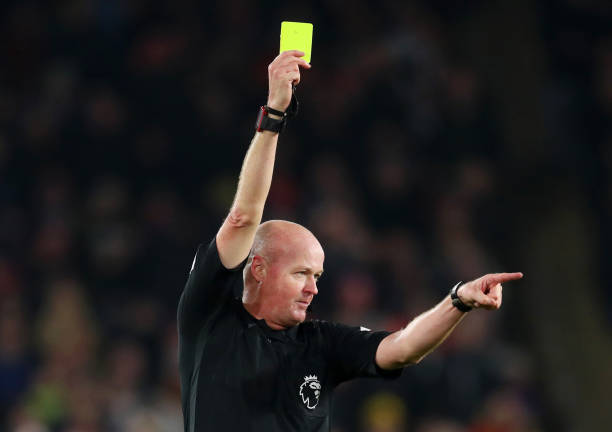Lee Mason has been dropped and a number of Premier League clubs are pushing for semi-automated offside technology, after the howlers at the weekend.

Arsenal and Brighton and Hove Albion were both hard done by at the weekend, with Brentford having an offside goal incorrectly allowed to stand and Brighton having an onside goal incorrectly ruled out.
In both cases, the fault lay with the VAR official, with Lee Mason forgetting to check Brentford’s Christian Norgaard for offside and John Brooks drawing the VAR lines from the wrong player in the Brighton game.
Both officials have subsequently been dropped, with Brooks losing the Merseyside derby and Arsenal’s title clash against Manchester City, whilst Mason has been excluded from the next round of Premier League fixtures.
Somewhat amusingly, Brooks is set to make up part of the officiating team for the Arsenal game against Aston Villa, but as the fourth official. Hopefully, he won’t play a significant role in the result.
That’s all well and good, but the relevant VAR officials getting a few days off is unlikely to make many Arsenal or Brighton fans very happy.
A more positive update is that Premier League clubs are starting to push for the introduction of semi-automated offsides, as seen in the World Cup and this season’s Champions League.
The Times report that a number of clubs are now set to push for the introduction of the new technology, and one club chief said “strong pressure” is expected to bring the system in for next season.
With semi-automated offsides in action at the weekend, Brentford’s goal would have been ruled out within seconds.
The system would have automatically identified Christian Norgaard as offside, and Lee Mason could have easily relayed that to the referee.
In reality, Mason wasted over two minutes checking another irrelevant incident before incorrectly giving the goal, which simply wouldn’t happen with semi-automated offside technology in action.
What are semi-automated offsides?

When introduced, 10-12 tracking cameras around each stadium will track the ball and 29 points on each player’s body 50 times per second.
When the ball is played, the technology will automatically assess the positions of every player and flag up any in an offside position.
A VAR official will then confirm the decision (if necessary) by checking whether the player in an offside position did attempt to play the ball, or was interfering with play, before giving or ruling out the goal.
Of course, if the offside player plays the ball, no manual check will be necessary. The human official will only need to intervene in cases where it’s not clear whether the offside player is active.
The new system will only take seconds to flag a potential offside offence, and it will produce a clear graphic showing the offside for broadcast purposes.
In order to determine the exact moment the ball was played, different competitions are using different systems.
The World Cup had a sensor in the ball to detect exactly when the ball was played to a 500th of a second.
The Champions League is using cameras at 50 frames per second, but they’re using AI to bridge the gap, allowing them to pinpoint the exact moment of contact by tracking ball and player movements.
As it stands, we don’t know which method the Premier League will use, or whether they’ll employ an entirely new methodology.
FIFA have put together an explainer video on their version of semi-automated offside technology, which you can view here.

